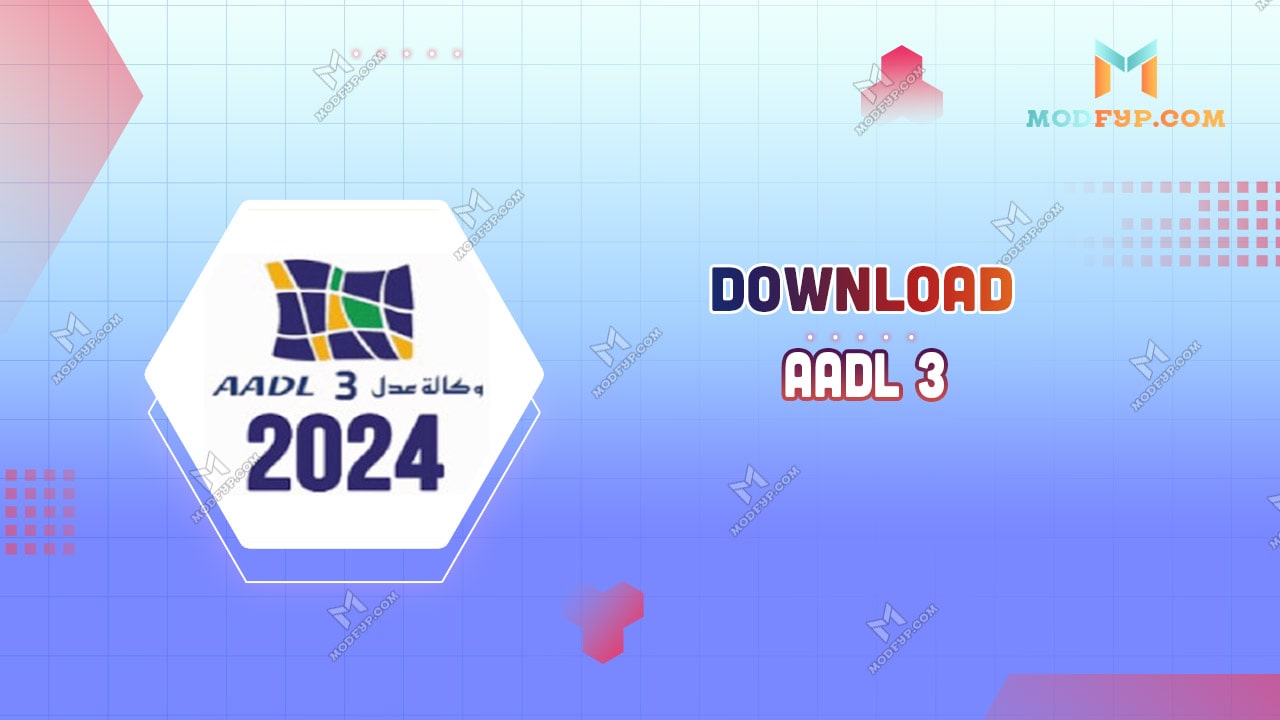Hey there tech enthusiasts! Today, we’re diving deep into the world of AADL3. If you’ve been keeping up with the latest trends in system architecture and software development, you’ve probably stumbled across this term. But what exactly is AADL3, and why should you care? Well, buckle up because we’re about to unravel the mysteries behind this powerful modeling language that’s shaping the future of complex systems.
AADL3, or Architecture Analysis & Design Language version 3, is more than just a buzzword in the tech world. It’s a game-changer for engineers and developers who are looking to design, analyze, and validate complex systems with precision. From aerospace to automotive industries, AADL3 is making waves, and it’s not hard to see why. In this article, we’ll break down everything you need to know about AADL3, from its origins to its real-world applications.
So, whether you’re a seasoned professional or just someone curious about the tech that powers modern systems, this guide has got you covered. Let’s get started and see how AADL3 can revolutionize the way we approach system design and development!
Read also:Alemania Vs Italia A Clash Of Titans In Football And Culture
But first, let’s lay the groundwork. Understanding AADL3 isn’t just about knowing the term; it’s about grasping its significance in today’s fast-paced technological landscape. Stick around, and you’ll learn why AADL3 is a must-know for anyone in the tech industry.
What is AADL3 and Why Does it Matter?
AADL3 stands for Architecture Analysis & Design Language version 3, and it’s essentially a modeling language that allows engineers and developers to design, analyze, and validate complex systems. But why is it such a big deal? Well, in today’s world, where systems are becoming increasingly complex, having a standardized way to model these systems is crucial. AADL3 provides that standardization, making it easier for teams to collaborate and ensuring that systems meet safety and performance requirements.
For instance, imagine working on a project where multiple teams from different locations are involved. Without a common language or framework, communication can become a nightmare. AADL3 acts as a bridge, ensuring that everyone is on the same page. Plus, it offers tools for analyzing system behavior, which is essential for identifying potential issues before they become major problems.
Key Features of AADL3
Now that we’ve established what AADL3 is, let’s take a closer look at its key features:
- Modularity: AADL3 allows you to break down complex systems into smaller, manageable components. This makes it easier to design, analyze, and test each part individually.
- Scalability: Whether you’re working on a small project or a large-scale system, AADL3 can adapt to your needs. Its scalability ensures that you can use it for projects of any size.
- Interoperability: AADL3 supports interoperability with other tools and languages, making it a versatile choice for system design.
How AADL3 is Revolutionizing System Design
In the world of system design, AADL3 is a game-changer. It’s not just about creating models; it’s about ensuring that those models are accurate, reliable, and efficient. By using AADL3, engineers and developers can simulate system behavior, identify potential issues, and optimize performance before the system is even built. This not only saves time and resources but also ensures that the final product meets all necessary requirements.
For example, in the aerospace industry, where safety is paramount, AADL3 allows engineers to simulate different scenarios and test how the system will perform under various conditions. This level of analysis is crucial for ensuring that aircraft systems are safe and reliable.
Read also:Teen Moms Ashley Jones Daughter Holly Praises Her After Talking To Incarcerated Dad Bar Smith For First Time In 3 Months
Real-World Applications of AADL3
So, where is AADL3 being used in the real world? Here are a few examples:
- Aerospace: AADL3 is widely used in the aerospace industry for designing and analyzing complex systems, such as avionics and flight control systems.
- Automotive: In the automotive industry, AADL3 is used to design and validate systems for autonomous vehicles, ensuring that they are safe and reliable.
- Medical Devices: AADL3 is also used in the medical field for designing and analyzing systems that power life-saving devices.
The Benefits of Using AADL3
Using AADL3 comes with a host of benefits. Here are just a few:
- Improved Collaboration: AADL3 provides a common language for teams to communicate, making collaboration more efficient.
- Enhanced Accuracy: By simulating system behavior, AADL3 helps identify potential issues early in the design process, ensuring that the final product is accurate and reliable.
- Cost Savings: By catching issues early, AADL3 can save companies a significant amount of money in the long run.
Challenges in Implementing AADL3
Of course, like any new technology, implementing AADL3 comes with its own set of challenges. One of the biggest challenges is the learning curve. AADL3 is a complex language, and it can take time for teams to become proficient in using it. However, with the right training and resources, these challenges can be overcome.
Getting Started with AADL3
If you’re ready to dive into the world of AADL3, here are a few steps to get you started:
- Learn the Basics: Start by learning the fundamentals of AADL3, including its syntax and key features.
- Practice: The best way to learn is by doing. Try creating simple models using AADL3 to get a feel for how it works.
- Seek Help: Don’t be afraid to ask for help. There are plenty of resources available, including online forums and training programs, that can help you master AADL3.
Tools for Working with AADL3
There are several tools available for working with AADL3. Some of the most popular ones include:
- OSATE: An open-source tool for working with AADL3, OSATE offers a wide range of features for designing and analyzing complex systems.
- Capella: Another popular tool, Capella offers a user-friendly interface for working with AADL3.
Future Trends in AADL3
As technology continues to evolve, so does AADL3. In the future, we can expect to see even more advanced features and capabilities. For example, AADL3 may integrate with artificial intelligence and machine learning, allowing for even more sophisticated system analysis and optimization.
Additionally, as more industries adopt AADL3, we can expect to see a wider range of applications and use cases. From smart cities to space exploration, the possibilities are endless.
Staying Ahead of the Curve
To stay ahead of the curve, it’s important to keep up with the latest trends and developments in AADL3. This means attending conferences, reading industry publications, and participating in online forums and communities. By staying informed, you can ensure that you’re always using the latest and greatest features of AADL3.
Conclusion: Embracing AADL3 for the Future
In conclusion, AADL3 is a powerful tool for anyone involved in system design and development. Its ability to model complex systems with precision and accuracy makes it an invaluable asset in today’s tech-driven world. By understanding and embracing AADL3, you can ensure that your systems are safe, reliable, and efficient.
So, what are you waiting for? Dive into the world of AADL3 and see how it can revolutionize the way you approach system design. And don’t forget to leave a comment or share this article with your friends and colleagues. Together, let’s explore the endless possibilities of AADL3!
References
For more information on AADL3, check out these resources:
Table of Contents
- What is AADL3 and Why Does it Matter?
- Key Features of AADL3
- How AADL3 is Revolutionizing System Design
- Real-World Applications of AADL3
- The Benefits of Using AADL3
- Challenges in Implementing AADL3
- Getting Started with AADL3
- Tools for Working with AADL3
- Future Trends in AADL3
- Staying Ahead of the Curve


